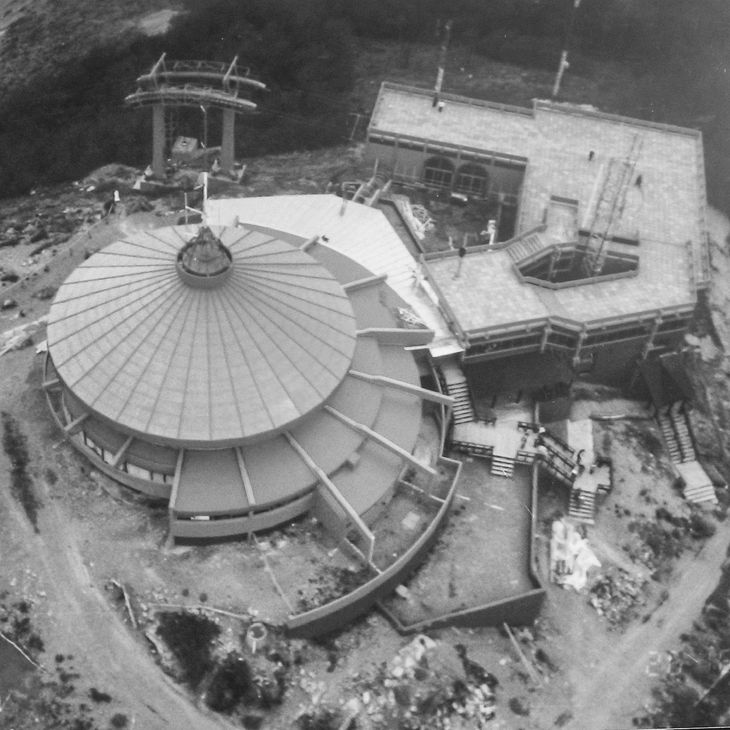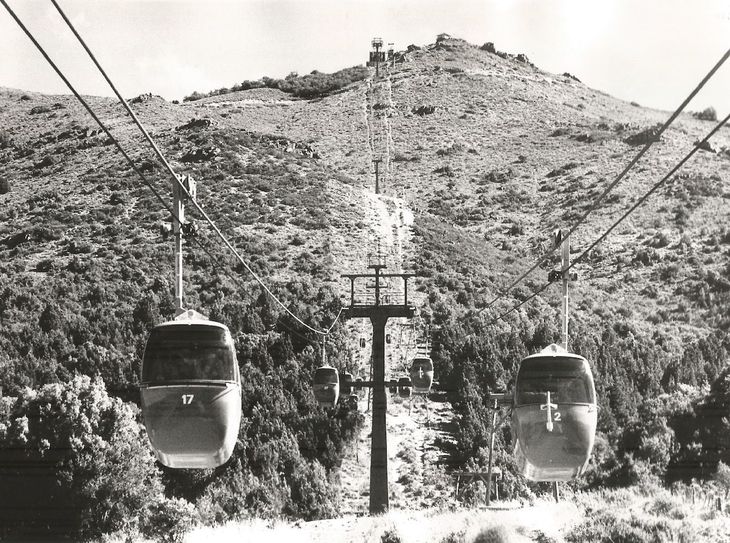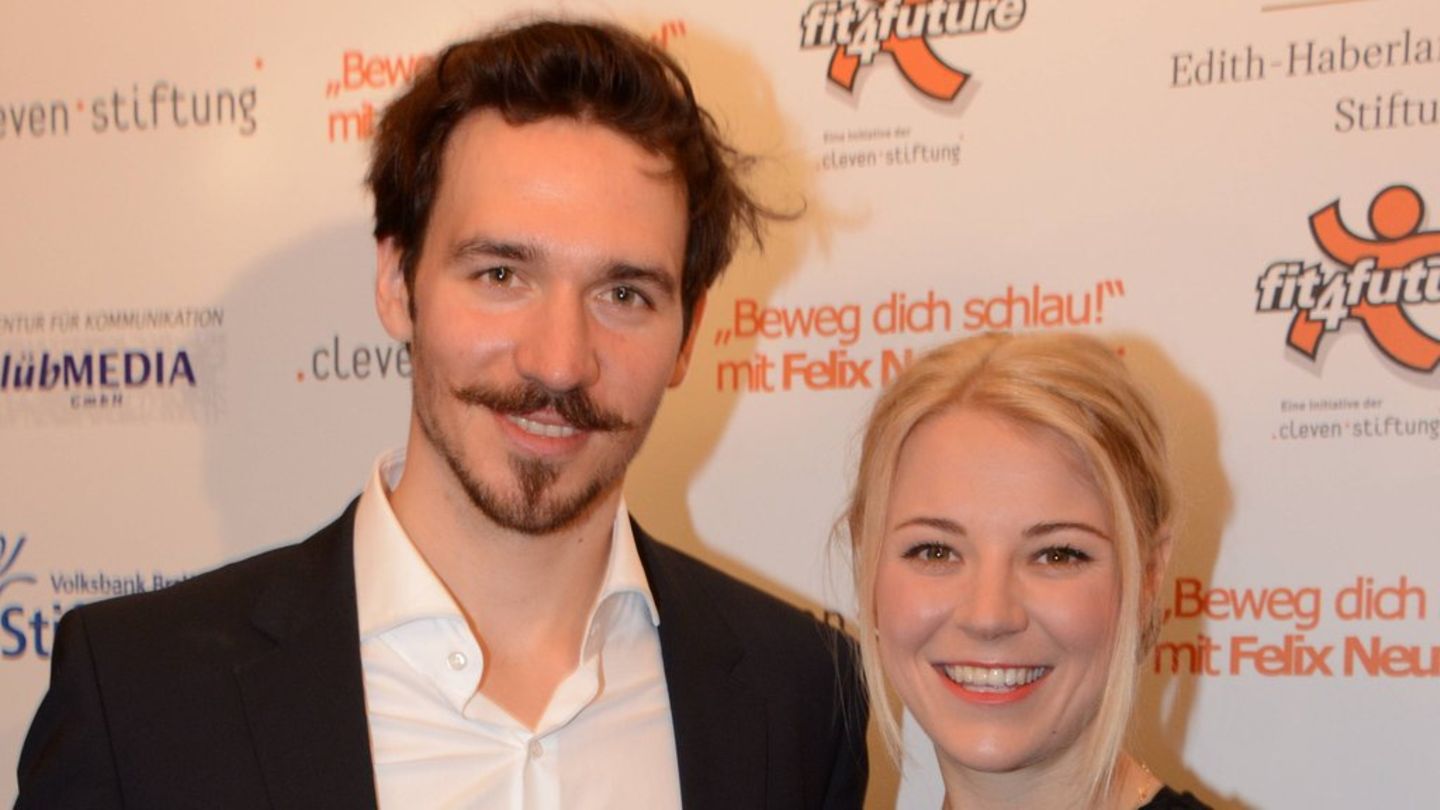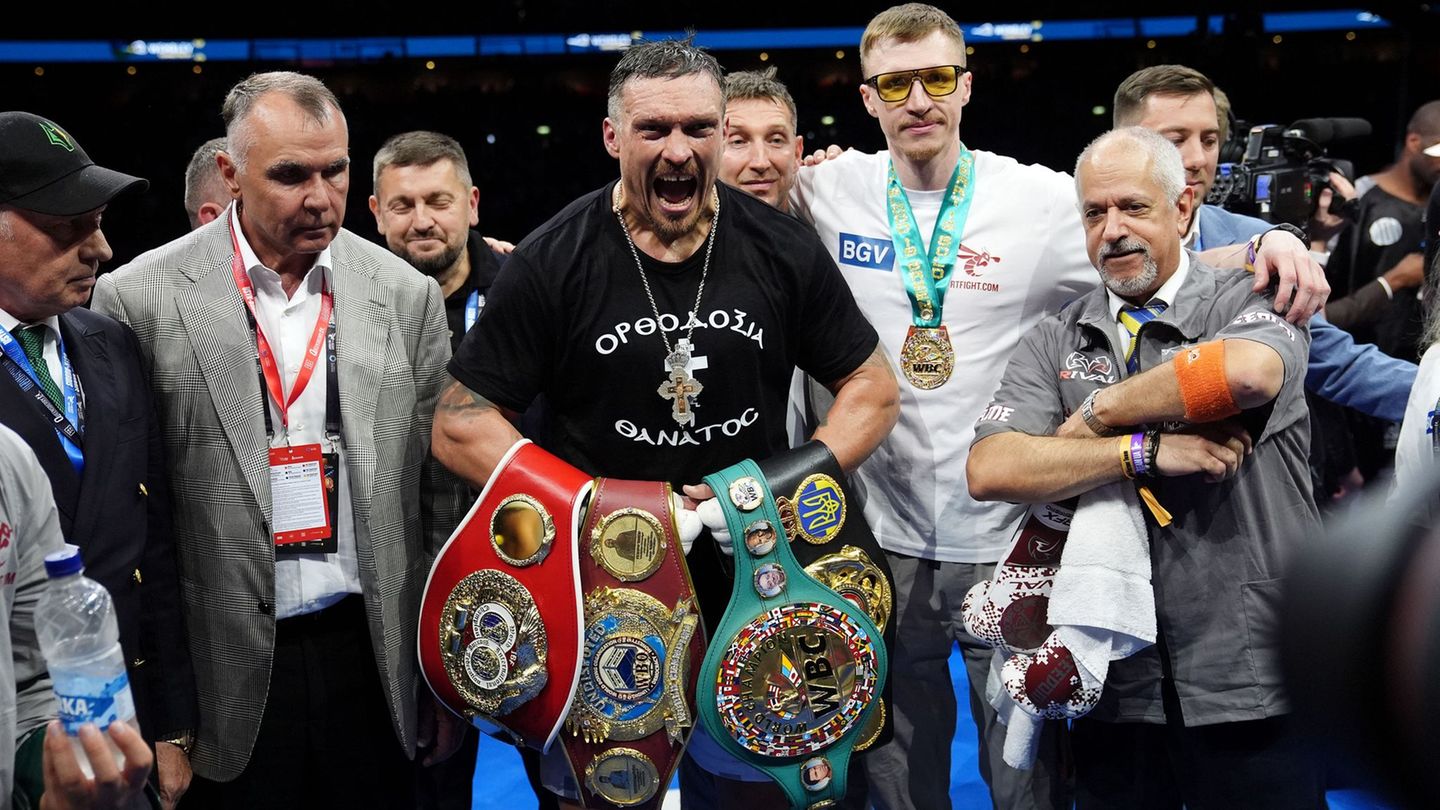On January 4, 1974, the city of San Carlos de Bariloche was happily surprised by the inauguration of one of the works that, over time, would become an icon of the destination’s tourist activity: reaching the summit of the Cerro Otto, at 1405 meters above sea level, using one of the most modern means of lifting at that time and with greater safety in the transportation of passengers: the Cerro Otto Cable Car.
This work was the product of the desire of a man who, after having gone through a childhood with many deprivations in Santa Fe, where he lived with his family in a traditional period tenement, moved to Buenos Aires, and quickly became a successful businessman. textile. His name: Boris Furman (June 24, 1916 – April 13, 2007).
In 1969 Furman traveled to San Carlos de Bariloche and ascended to the top of Cerro Otto, where he imagined the installation of a means of elevation. Just five years later, on January 4, 1974, the dream was a reality.
hill otto 3.jpg
The lifting device, the cable car itself, was acquired from the firm Rudolf Kienast, based in Austria, a country that stood out for its advanced engineering in high-altitude passenger transportation. The “manzanitas” system, as it quickly began to be called, became a tourist icon of Bariloche.
Soon, and as a result of the number of people who agreed to that excursion, Boris Furman went for more. And since his imagination had no limits, he decided to build a Revolving Confectionery. Yes, in the heights; right at the very summit. And so again the tourist destination Bariloche benefited from what was, for decades, the only one of its kind in South America.
hill otto 2.jpg

He then created the Art Gallery, acquiring exact copies, life-size and certified by the Italian government, of David, La Pieta and El Moisés, by the Italian artist Miguel Angel Buonarroti, which remain there on permanent exhibition.
Sara María Furman Foundation
As a dreamer and philanthropist, instead of accumulating his profits, Boris Furman decided to establish the Sara María Furman Foundation, with the sole objective of helping others, to whom he donated the entire assets of what was initially Cerro Otto SA, so that In turn, it will also donate all of the surplus generated by the Cable Car to three public welfare entities: the Cooperating Association of the Bariloche Hospital and two entities of the Jewish community of Buenos Aires.
The project quickly became a true recreational complex, intended for all audiences. The new Management of the Tourist Complex added activities until installing, in 2007, the Summit Funicular, a means of transportation at the top of the mountain, designed, built and operated by professionals from Bariloche.
After years of constant work and effort, the Cable Car and its facilities were modernized, both in the electronics and in the electromechanical systems, and the facilities and services at the summit, complying with international standards that improve its competitiveness. This has allowed the amount of donations to increase, to the point of reaching the record and unprecedented figure of 400 million pesos, corresponding to the last fiscal year (2023), distributed among the three beneficiary institutions.
hill otto 4.jpg

These donations are possible because Cerro Otto Cable Car continues to be one of the most visited excursions in San Carlos de Bariloche. In this half century, millions of people have been transported to the summit in the lift and have enjoyed the infrastructure, services and the incomparable landscape that can be seen from the heights.
This January 4, 2024 Cerro Otto Cable Car celebrates 50 years of life. Young 50 years; because the decision of the Executive Directorate, in charge of Oscar Borrelli, and the Board of Directors of the Sara María Furman Foundation, are committed to continuing to grow and reinforce what the recreational tourist complex is to this day: a distinctive hallmark of the Bariloche destination.
Source: Ambito
I am an author and journalist who has worked in the entertainment industry for over a decade. I currently work as a news editor at a major news website, and my focus is on covering the latest trends in entertainment. I also write occasional pieces for other outlets, and have authored two books about the entertainment industry.




